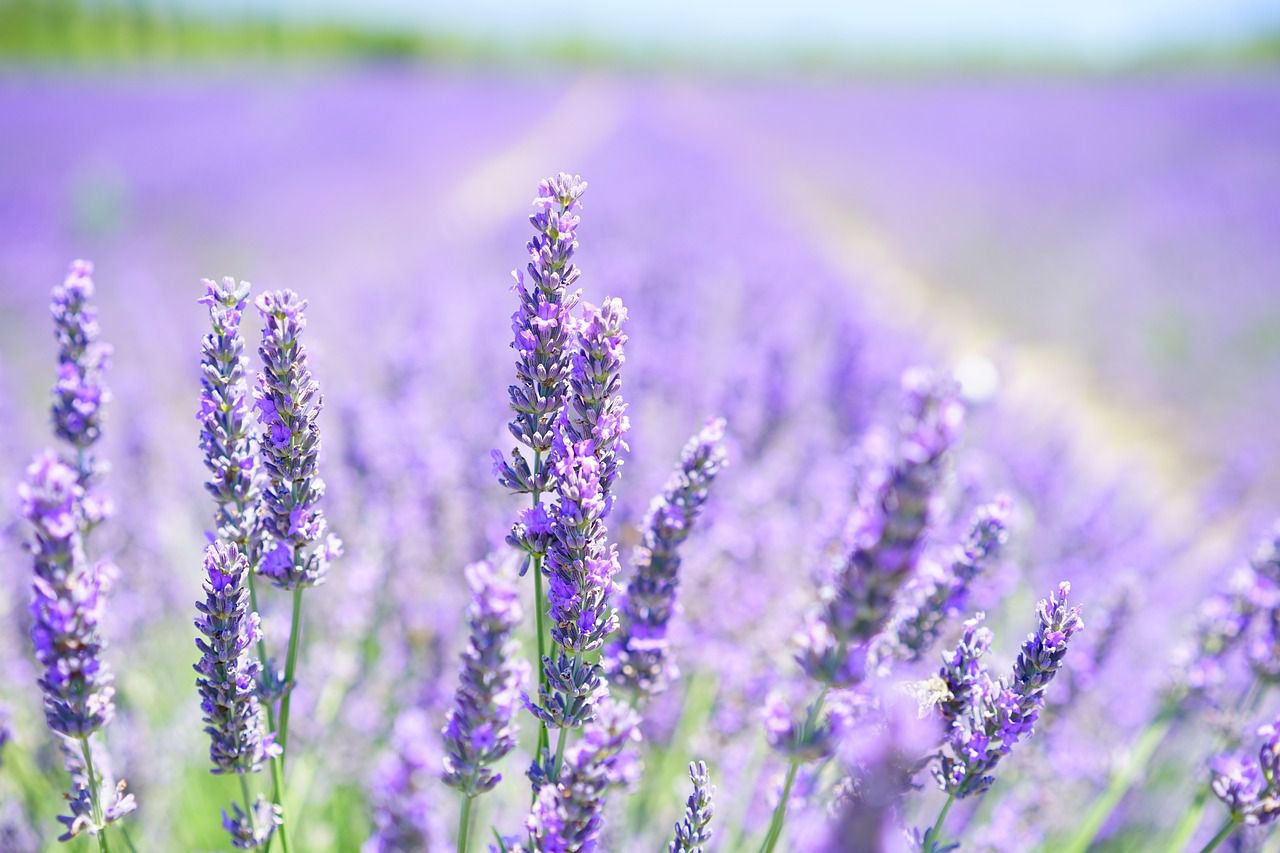Some plants survive the winter much easier than others, but they also need the gardener's protection.
In some regions, winters can be pretty harsh, so if you want to keep your plants safe, then make sure you follow some recommendations.
Here are some of them.
Choose Hardy Varieties
English lavender (Lavandula angustifolia) varieties, such as 'Munstead' or 'Hidcote,' are generally more cold-tolerant than other types.
Timing
Avoid pruning in late summer or fall, as this can stimulate new growth that is vulnerable to freezing temperatures.

Instead, prune lavender in early spring or after the last frost.
Mulch
Mulching helps insulate the soil, retain moisture, and protect the roots from extreme temperature fluctuations.
Use materials like straw, pine needles, or shredded leaves to create a protective layer around the plant, approximately 2-3 inches thick.
Avoid Excess Moisture
Lavender plants are susceptible to rot if exposed to excessive moisture during winter.
Watering should be reduced in the weeks leading up to winter to avoid waterlogged roots.
Protect with Covers
In regions with particularly harsh winters, you can provide additional protection by covering the lavender plants.
Positioning
Ideally, plant lavender in a location that receives full sun and is sheltered from strong winter winds.
Monitor and Prune
If you notice any dead or damaged branches, prune them back in early spring before new growth begins.








